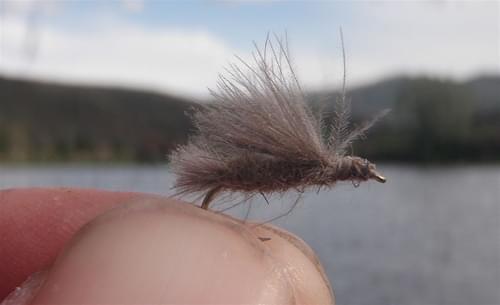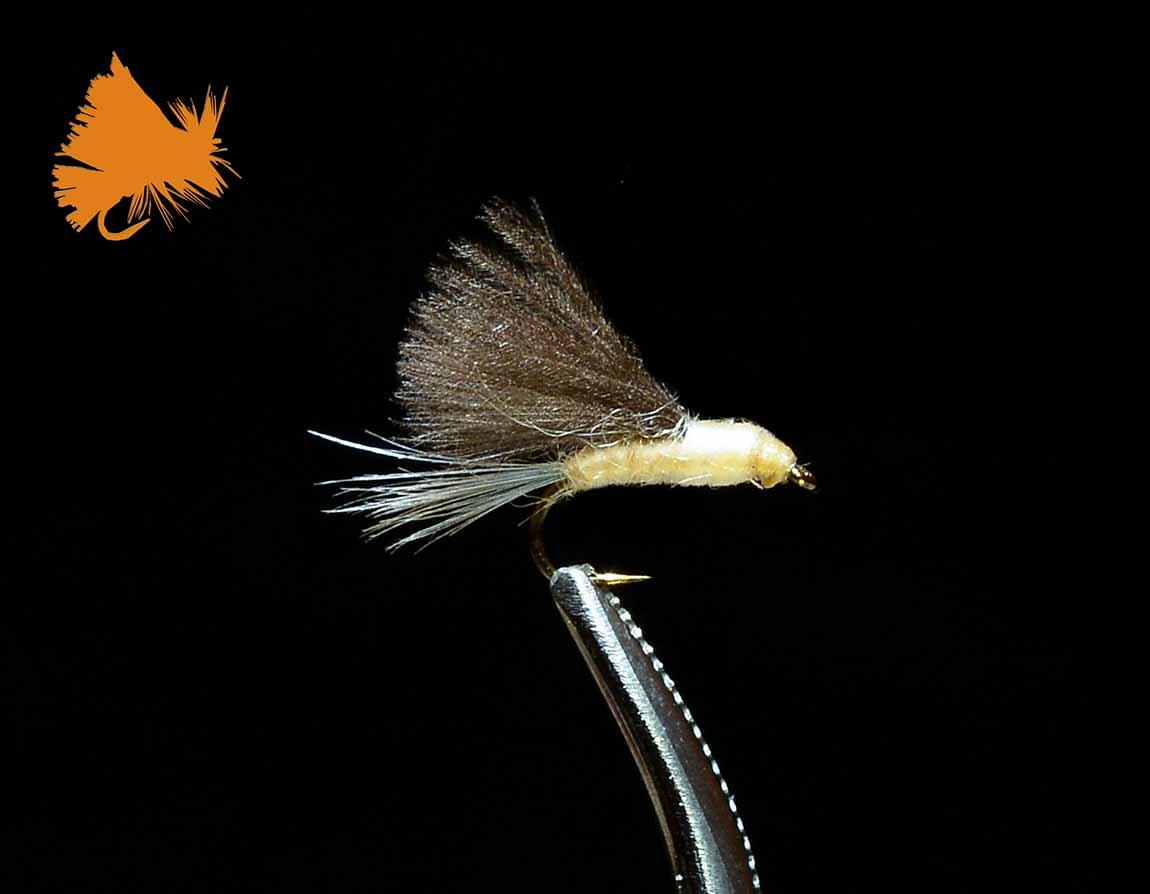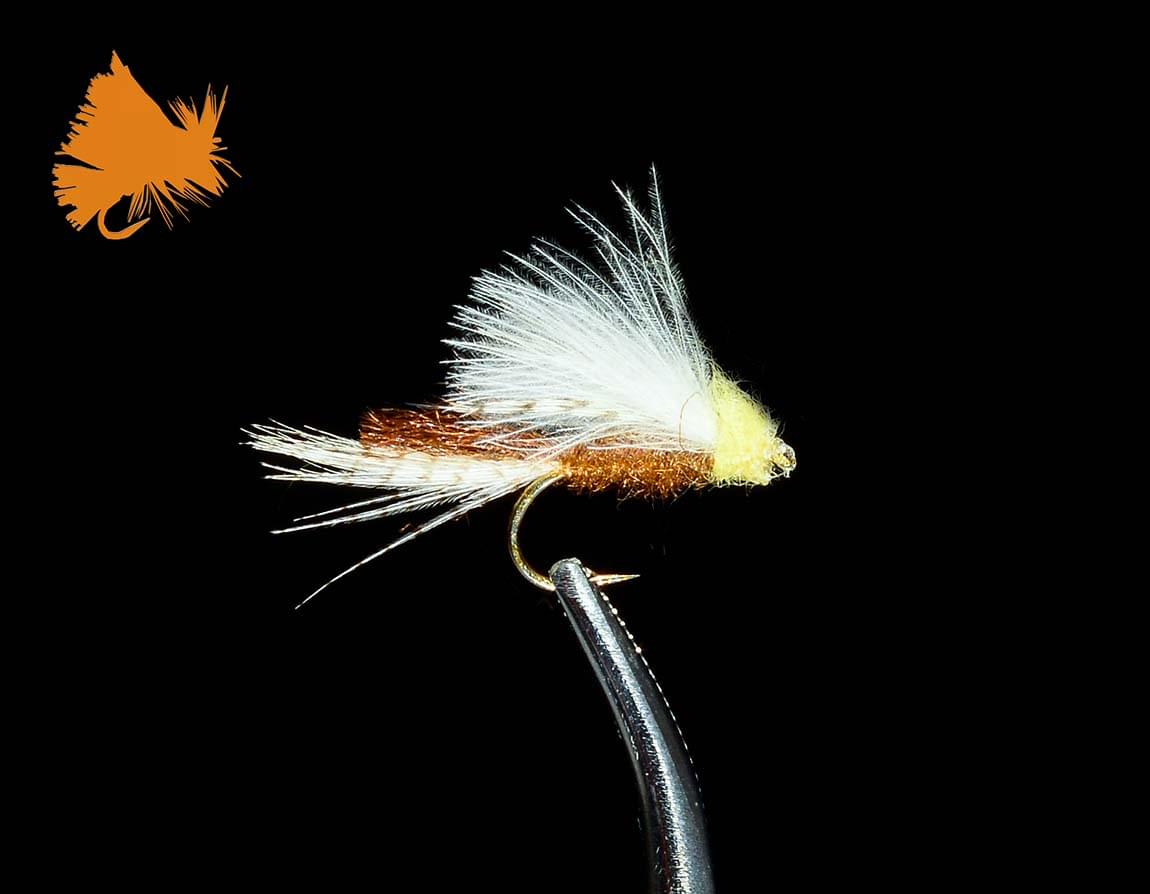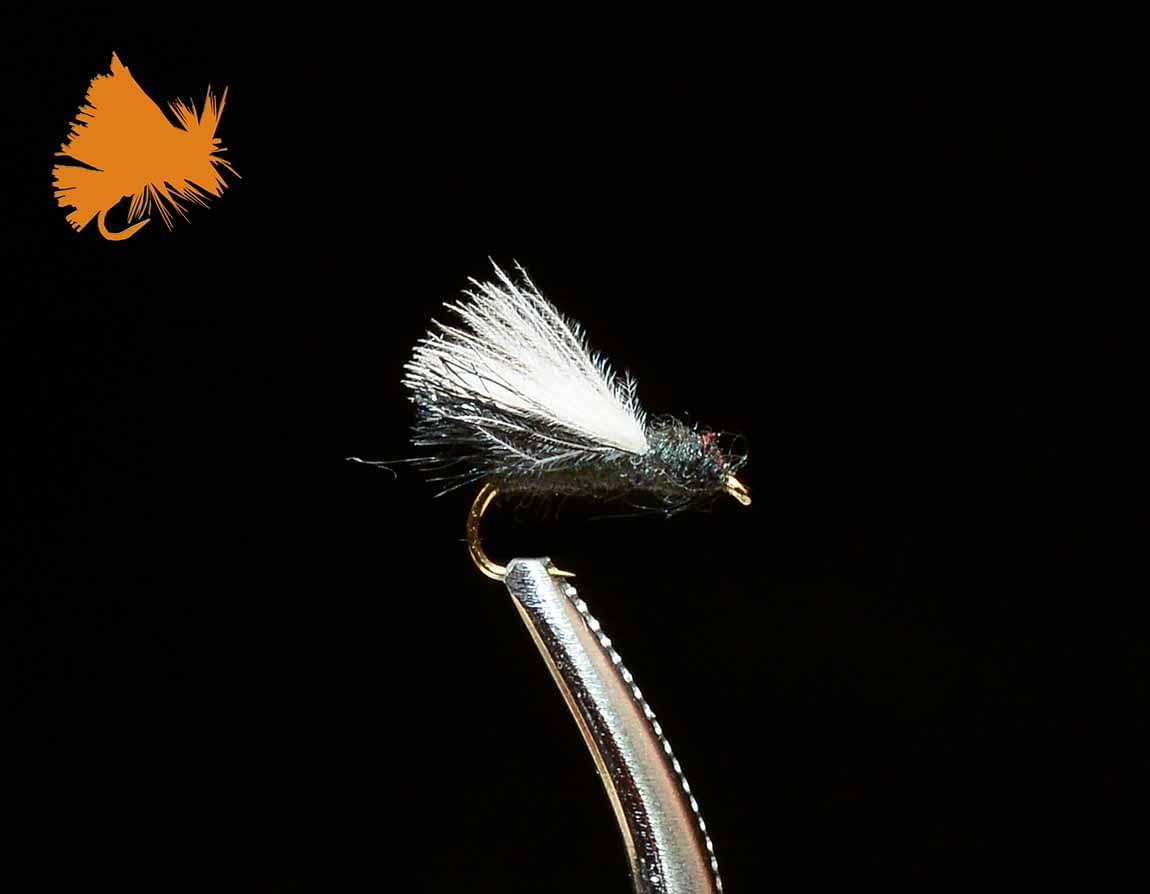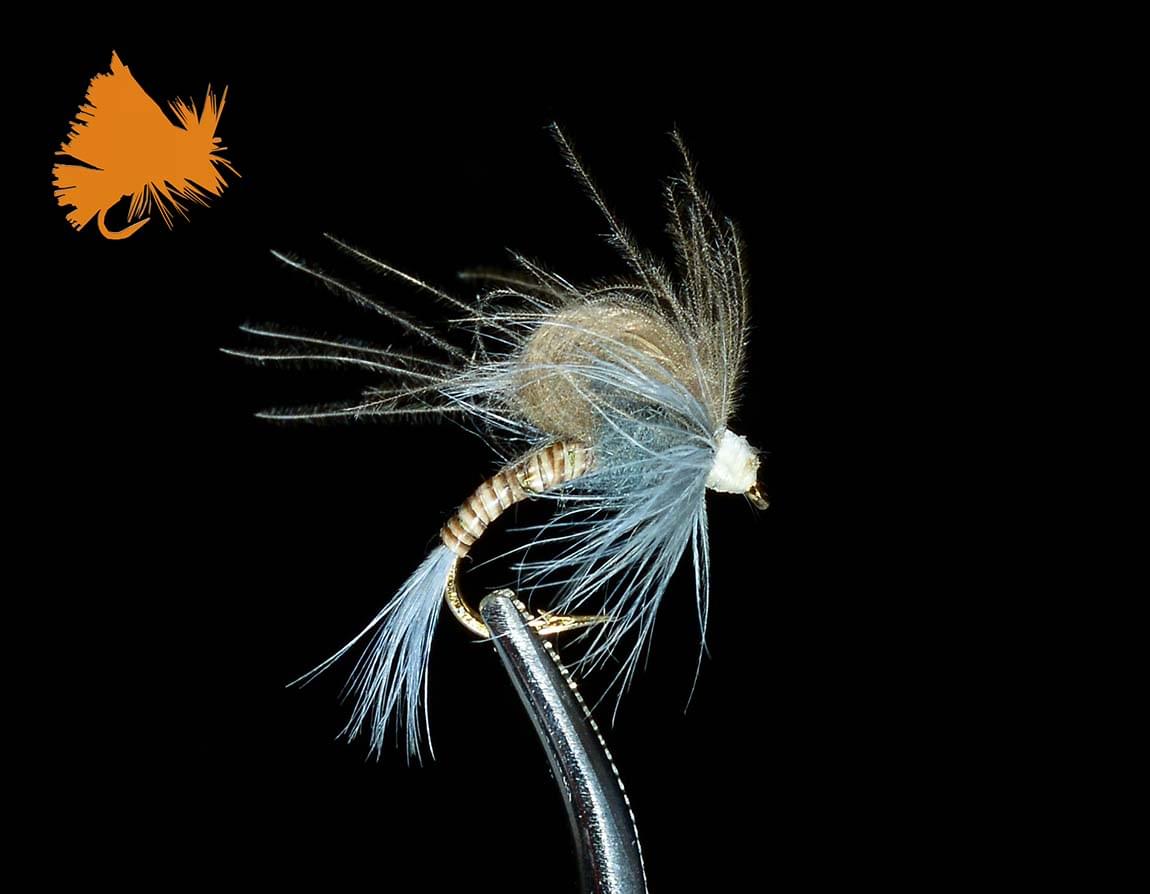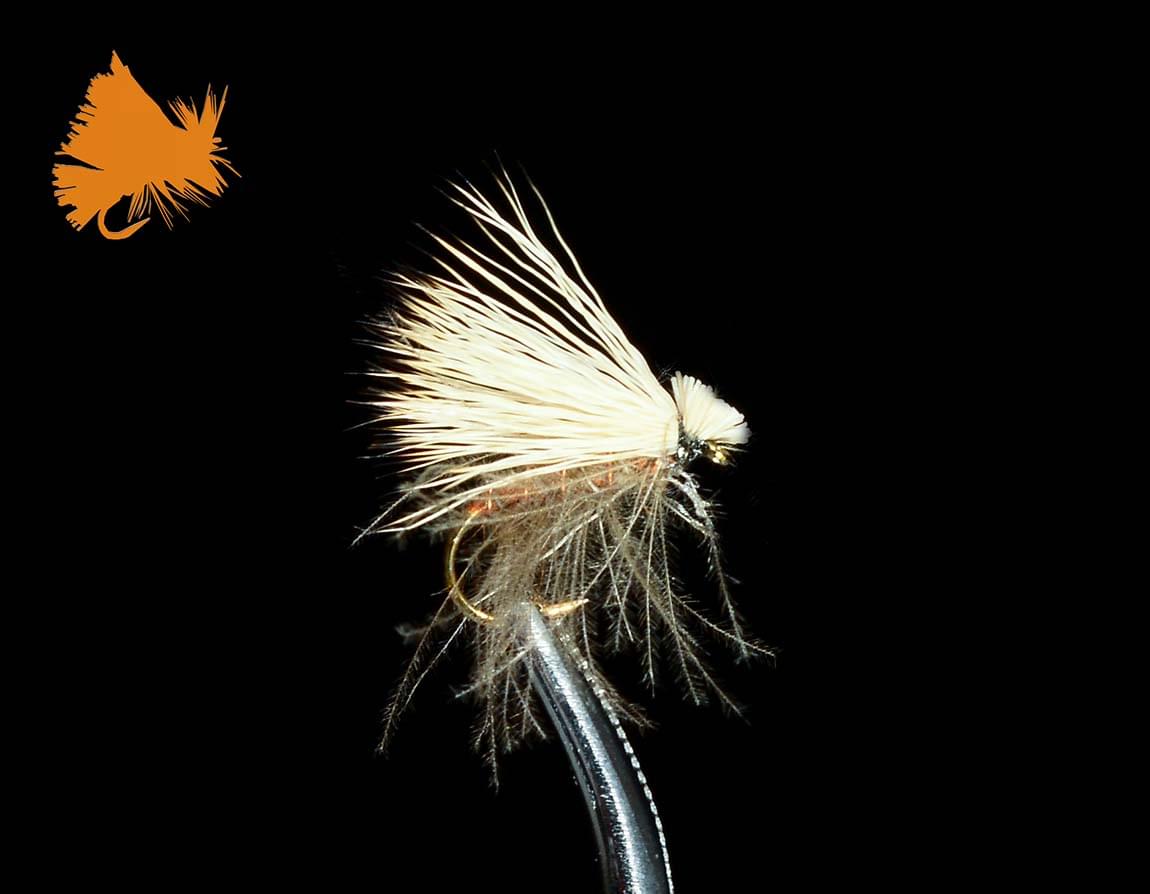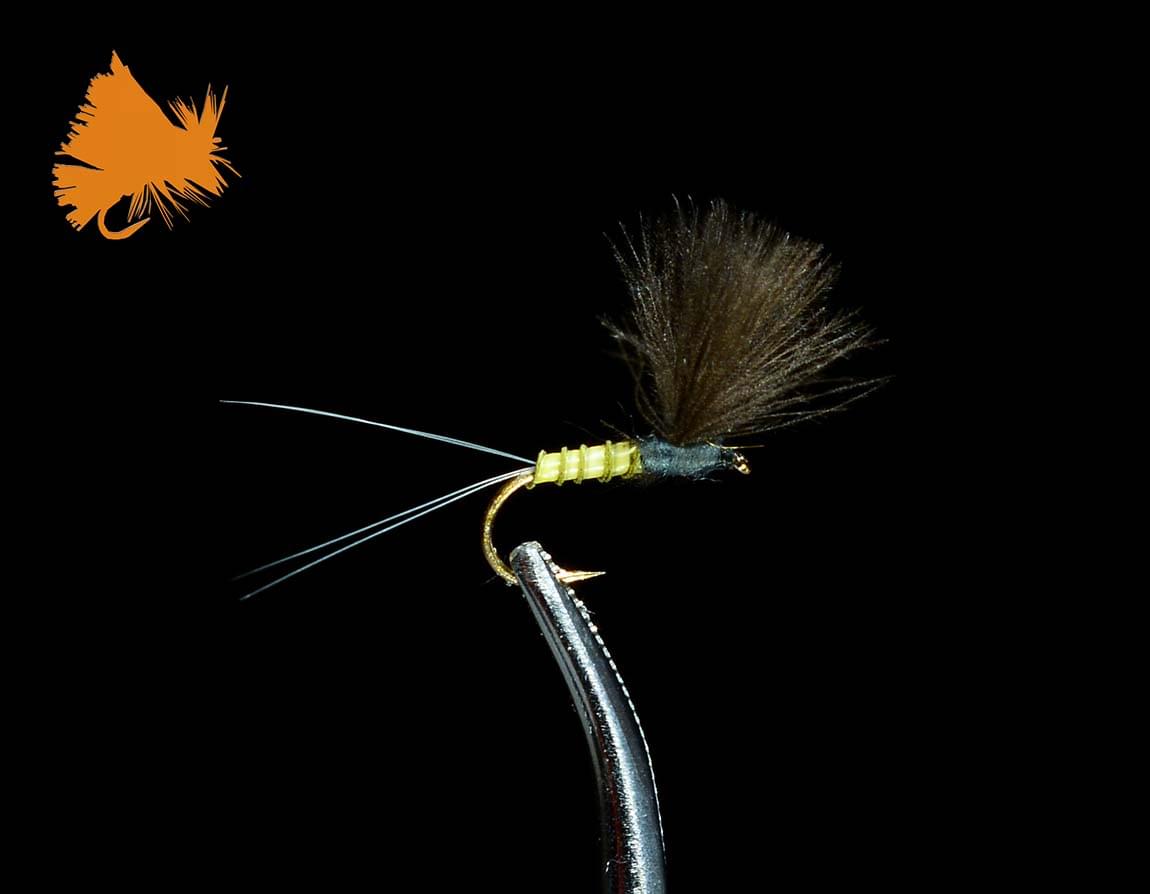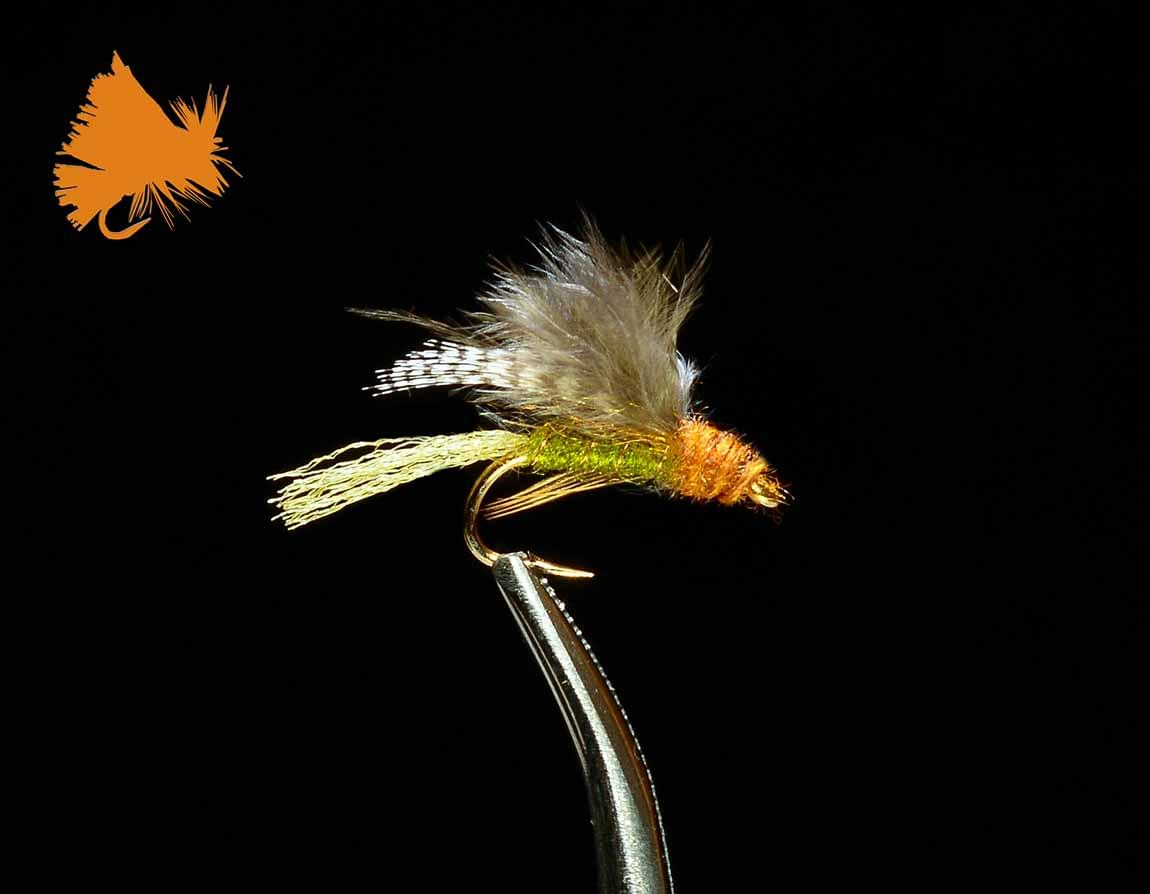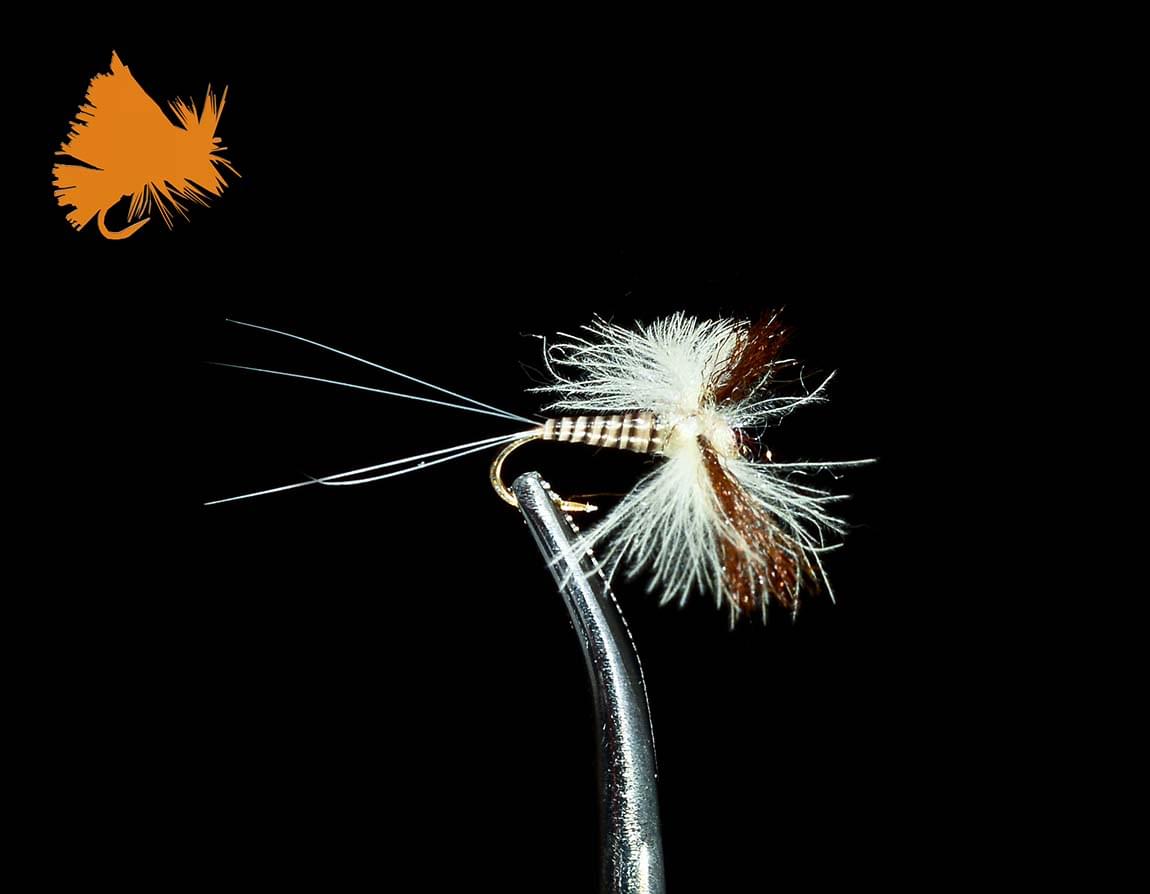3 Tips to Try When Trout
Refuse Your Dry
Simple but Deadly Tricks to Hook More Trout
You finally made it out on the river for some fishing. You are even more blessed to find yourself in the middle of a great hatch and rising trout. Using your fly fishing entomology skills you learned from our course, you have identified that they are small olive mayflies, likely blue wing olives. The problem is, you’ve tried all your flies that imitate that insect and you still can’t get them to eat.
This can be a frustrating reality of fly fishing that even the most experienced anglers have to address. Even with matching the hatch correctly, you can be left fish-less and frustrated. We’re going to share 3 easy tips that you can do right on the river to improve your chances of catching fish when they refuse your dry fly.
Go a Size Smaller
Maybe even two sizes smaller…
Often times in a situation like above where you can’t get them to eat, they are spooked by the hook on the fly or the fly is just too big. Going one or even two sizes smaller will help the trout be more comfortable with your fly. Trout are cautious but they are always more comfortable eating something smaller than bigger so when in doubt, go down a size or two on the exact same pattern.
If you struggle to see it in two sizes smaller, just fish the bigger pattern up front and tie a smaller pattern behind it 18-36 inches off the bend of the hook. I almost always fish two dry flies and if you’re confident the fish are eating that insect, then two different sizes of the same fly is a great way to cover your bases
I’ve been on a tailwater up in Estes Park, CO once where I literally saw the fish rise to my fly, bump the hook with its nose and then refuse the presentation. I was fishing 7x and it was a perfect imitation, they just saw the hook. I went down two sizes (could barely see the fly at that point) and 3 casts later I hooked that same fish. I have dozens of other stories to go along with this one sharing the same experience.
We all want to fish bigger flies cause it’s easier and they float better etc. However, when the situation calls for it and the fish are refusing your fly, go smaller or you may be going home frustrated.
Perfect the Drag Free Drift
Nothing turns a fish off like a skated fly
When you’re fishing somewhere and the fish keep refusing your perfect fly, and you’ve gone down a few sizes until you’re as natural as the insects on the water and they STILL won’t eat, it’s probably your presentation.
You’d be amazed how little your fly has to “skate” or move unnaturally to turn the fish off and put them down. Up on the Missouri river in Montana, even drifting the line over the fish is enough to put them down. You have to fish from upstream down to them so all they see is the fly. If 6x line is enough to spook them, a small micro twitch that’s unnatural on that fly is enough to spook them back into the hole.
The number one culprit of a bad drift is drag. In order to create a drag free drift, you need to allow enough slack in your line to let the currents move the line, not your fly. At the same time you can’t lob 20 ft of slack out there cause you’ll never be able to set the hook. The best trick is to do some aerial mends or pile casts. We’ve included the videos below that show some great casting from the BumCast crew.
Apply the pile cast, wiggle cast or aerial mend to give the fly the chance it needs to be drag free.
Another good tip is to add 12-24 inches of tippet to your leader. Use one size smaller than what your leader tapers to. So if you’re fishing a 9ft 5x leader, add 12-24 inches of 6x before tying on your fly. This creates a more delicate presentation and creates 6-12 inches of slack in your cast because the energy transfer fails from you cast making your fly land softly on the water with just a hint of slack. When fishing slow water behind a rock, or the far side of the river over a quick current, this can give you that 1-2 seconds of extra drift needed to get that fish to eat your fly.
You’ll need to be quicker on your hookset to compensate for the slack, but when the fickle fish test your limits, this is a great solution.
Use CDC Patterns
Fish can’t resist duck butt feathers…
Good ol’ duck butt. For those of you who don’t know what CDC is, it’s a tying material that stand for Cul de Canard and is the soft, buoyant, water resistant feathers straight from the butt of the duck. God has a sense of humor no doubt, and the brave man who found this material found fly fishing gold. It comes in a variety of colors now in fly shops as they dye it and it just creates a soft profile on the water that fish seem to be unable to resist. It’s simple and effective and often tied messy on the fly to have it just imitate everything. See some patterns below and you’ll see what I mean.
- CDC Caddis/ Ball O' CDC #12-14
- CDC PMD
- CDC PMD Cripple
- CDC Ant
- CDC Adams Emerger
- CDC Elk Hair Caddis
- CDC Comparadun BWO
- CDC Caddis Emerger
- CDC Biot Spinner
- CDC Blue Quill Comparadun
If your non-cdc pattern isn’t working, this is a good chance to try a CDC pattern. These patterns work well because they are forgiving. You may think they are eating BWO mayflies, but they are actually eating small olive caddis. Well you’re in luck cause with a olive CDC pattern, you’ll probably imitate them both and in a small enough pattern the fish won’t be able to tell the difference.
If Everything Else Fails…
So after you’ve tried the three tips above and they STILL won’t eat, it’s time to face your last decision. First, it’s likely at this point that you were wrong about your fly selection. You may see BWO on the water but they are actually eating midges or something of that nature. Your fly selection is wrong. Get out your trusty bug seine you got from our online entomology course, and get below the fish and collect your sample. Then try to match the hatch correctly this time around repeating the same tips above if needed.
IF that doesn’t work, you’re left with your last decision, drink a beer or throw a streamer at them: I prefer to do both at the same time personally :). Hopefully you can save your beers for celebrating the dry fly fishing, not throwing meat out of frustration.
Here’s to hoping it doesn’t come to the streamers! Apply these tips and you’ll find more fish on your dry fly efforts.

